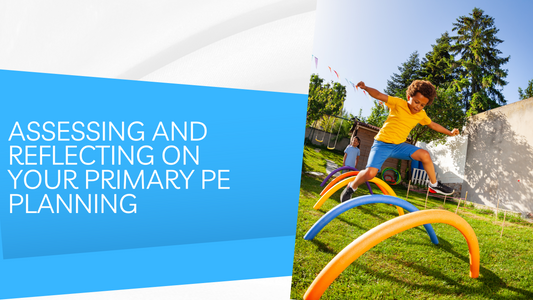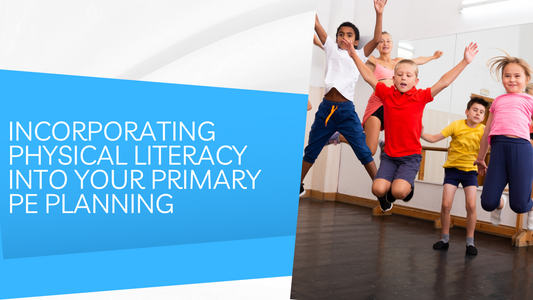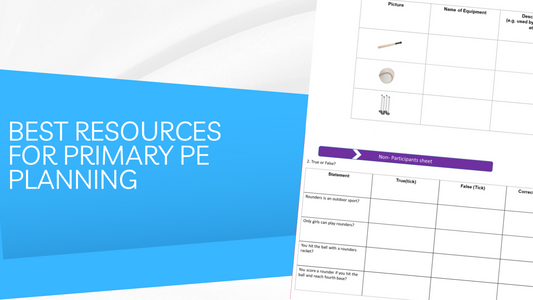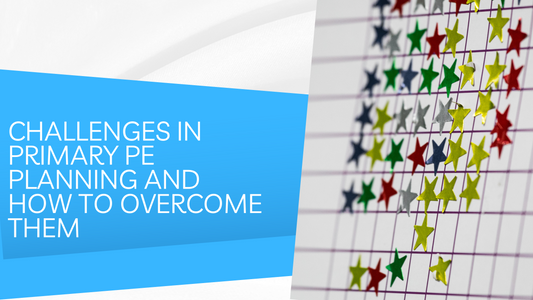Assessing and Reflecting on Your Primary PE Planning

Assessment and reflection are crucial components of any teaching process, including Physical Education (PE). They allow you to measure your students' progress, gauge the effectiveness of your teaching strategies, and make necessary adjustments to improve learning outcomes. In this blog post, we'll explore how to incorporate assessment and reflection into your primary PE planning.
The Importance of Assessment in Primary PE
Assessment in PE is about more than just grading students' physical skills. It also involves evaluating students' understanding of concepts, their ability to apply skills in different contexts, and their attitudes towards physical activity. Regular assessment allows you to monitor students' progress, provide constructive feedback, and tailor your teaching to meet students' needs.
The Role of Reflection in Primary PE Planning
Reflection is a powerful tool for professional growth. By reflecting on your lessons, you can gain valuable insights into what worked, what didn't, and how you can improve your teaching practice. Reflection can also inform your future PE planning, helping you to refine your lessons and better cater to your student's needs.
Strategies for Assessing and Reflecting on Your Primary PE Planning
1. Use a Variety of Assessment Methods
Different assessment methods can provide different insights into your students' learning. Consider using a mix of formative assessments (such as observation and self-assessment) and summative assessments (like end-of-unit tests or skill demonstrations).
2. Reflect Regularly
Make reflection a regular part of your teaching practice. This could be after each lesson, at the end of a week, or after a unit of work. Reflect on both your students' learning and your own teaching.
3. Involve Students in the Assessment Process
Involving students in the assessment process can enhance their learning and motivation. For example, you might use self-assessment or peer assessment strategies or involve students in setting their own learning goals.
4. Use Assessment and Reflection Data to Inform Your Planning
Use the data from your assessments and reflections to inform your future PE planning. This might involve adjusting your teaching strategies, revising your learning goals, or differentiating your instruction to meet your student's needs better.
Conclusion
Assessment and reflection are integral to effective primary PE planning. By using varied assessment methods, reflecting regularly, involving students in the assessment process, and using your insights to inform your planning, you can enhance your PE teaching and promote better student learning outcomes.
Are you ready to take your PE planning and teaching to the next level? Explore our vast collection of resources, assessments, and professional development courses at PrimaryPhysicalEducation.co.uk.
No comments








comments